What Is Brain-Based Learning?
Brain-based learning involves creating educational experiences that align with how the brain naturally learns. This approach isn’t just another teaching trend—it’s grounded in scientific research about how our brains receive, process, and retain information. When teachers develop teacher skills based on neuroscience, they can design more effective lessons that resonate with how students’ brains actually work.
At its core, brain-based learning focuses on neuroplasticity—the brain’s remarkable ability to reorganize itself by forming new neural connections. This means our brains physically change in response to experiences and learning. For educators, this has profound implications: the teaching methods we choose can literally shape our students’ brains and influence how effectively they learn.
According to the Glossary of Education Reform, brain-based learning encompasses “teaching methods, lesson designs, and school programs based on the latest scientific research about how the brain learns, including factors such as cognitive development—how students learn differently as they age, grow, and mature socially, emotionally, and cognitively.”
Enhance Your Brain-Based Teaching Skills
Discover how to apply the latest neuroscience research in your classroom with our comprehensive professional development course.
Key Principles of Brain-Based Learning
To effectively implement brain-based learning in your classroom, it’s essential to understand its foundational principles. These principles are derived from neuroscience research and provide a framework for developing effective teacher skills that align with how the brain naturally learns:
Experience-Based Learning
The brain changes most effectively through active experiences rather than passive reception of information. When students actively participate in learning, their brains form stronger neural connections that enhance retention.
Emotional Connection
Emotions play a crucial role in learning. Information with emotional relevance is more likely to be remembered. Creating positive emotional experiences in the classroom supports better learning outcomes.
Stress Management
Excessive stress inhibits learning by activating the brain’s fight-or-flight response. Creating a safe, low-stress environment allows the brain to focus on higher-order thinking and learning.
Multiple Pathways
Information presented through multiple sensory channels (visual, auditory, kinesthetic) creates more neural pathways, making learning more robust and accessible to diverse learners.
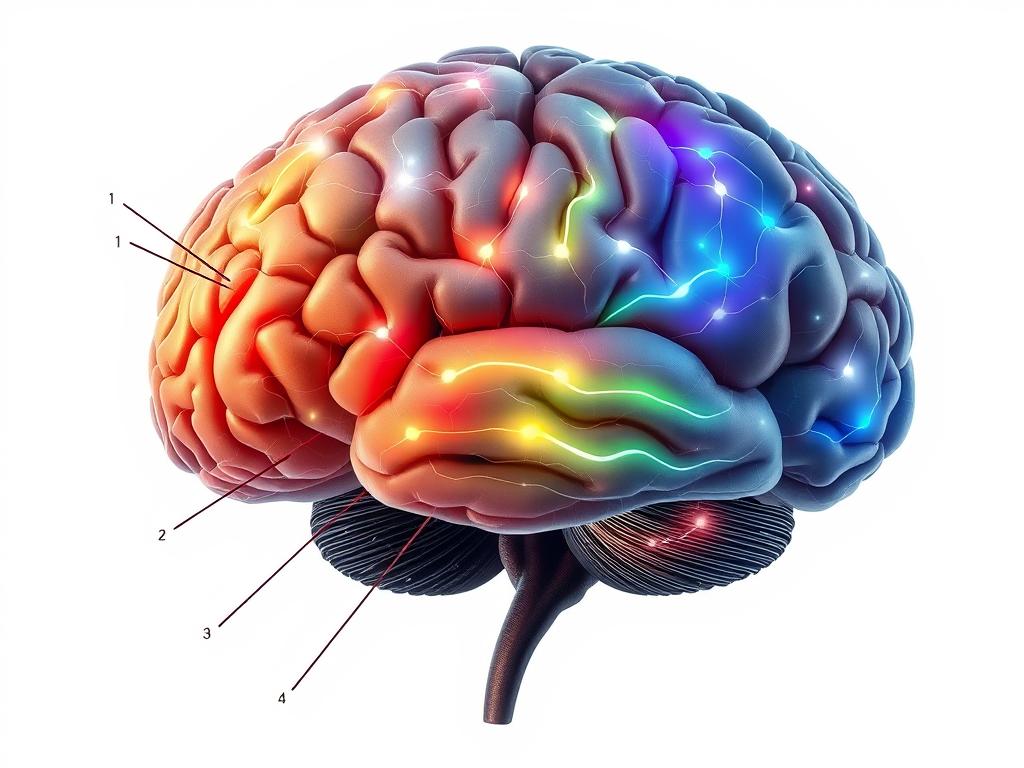
Understanding these principles allows teachers to develop specialized teacher skills that transform classroom instruction. Rather than focusing solely on content delivery, educators can create learning environments that work with—rather than against—the brain’s natural learning processes.
As research by Caine and Caine demonstrates, students in brain-based learning environments show significantly better comprehension and retention compared to those in traditional lecture-based classrooms.
8 Practical Brain-Based Learning Strategies for Your Classroom
Implementing brain-based learning doesn’t require a complete overhaul of your teaching approach. By incorporating these evidence-based strategies, you can enhance your teacher skills and create a more effective learning environment:
1. Create a positive emotional climate
The brain learns best in environments where students feel safe, supported, and valued. Start each day with a positive greeting and incorporate community-building activities to establish trust and reduce anxiety. These teacher skills create the emotional foundation necessary for optimal learning.
2. Incorporate movement into lessons
Physical activity increases blood flow to the brain and stimulates the growth of new neural connections. Integrate movement breaks throughout your teaching day or create lessons that allow students to learn while moving. Even simple stretching can reset attention and improve focus.
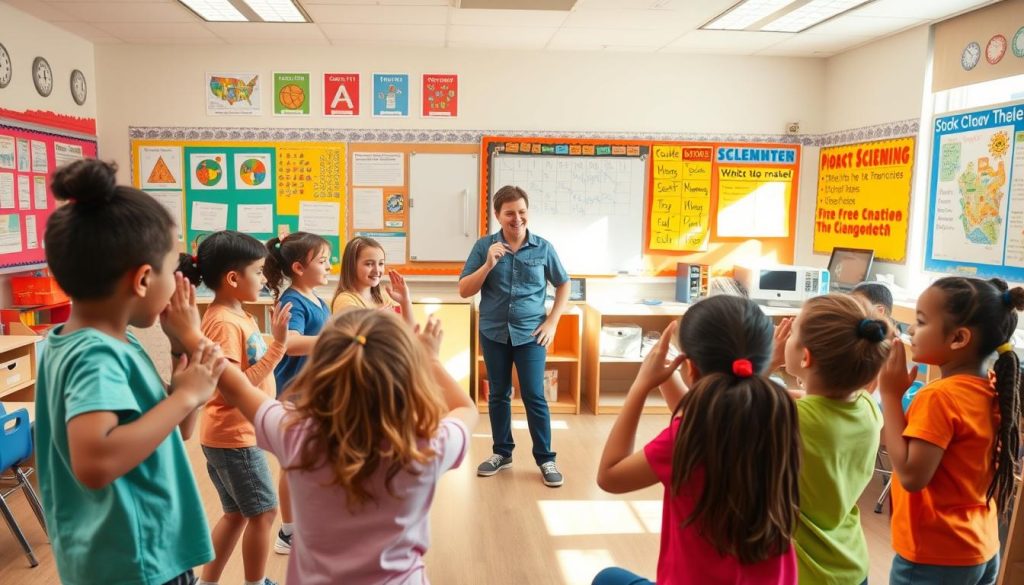
3. Chunk information into manageable pieces
The brain processes information most effectively when it’s broken down into smaller, digestible chunks. Rather than presenting an entire unit at once, divide content into smaller segments with opportunities for processing between each section. This teacher skill helps prevent cognitive overload.
4. Use “turn and talk” opportunities
When students verbalize what they’re learning, they process information more deeply. Incorporate regular opportunities for students to discuss concepts with peers. This simple teacher skill activates multiple brain regions and strengthens neural pathways associated with the learning material.
5. Engage multiple senses
Information that engages multiple sensory pathways creates stronger memory traces in the brain. Design lessons that incorporate visual, auditory, and kinesthetic elements to reach more learners and strengthen neural connections.
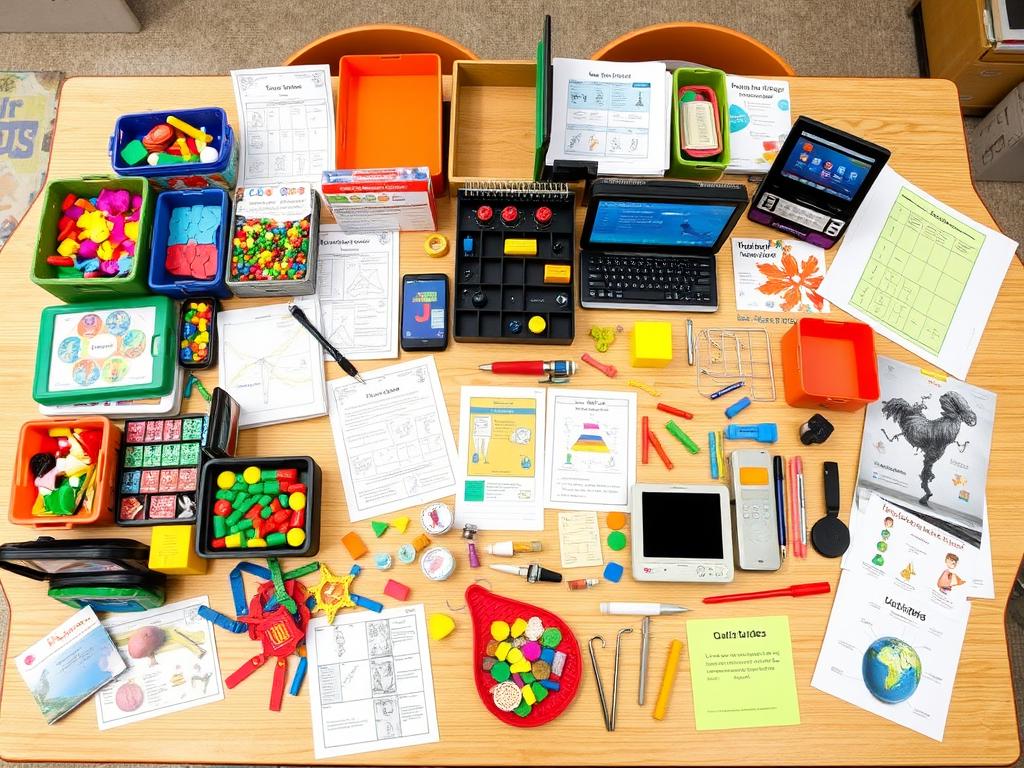
6. Incorporate real-world relevance
The brain prioritizes information it perceives as meaningful and relevant. Connect learning to real-world applications and students’ personal interests. This teacher skill helps students understand why the content matters, increasing motivation and engagement.
7. Build in reflection time
The brain needs time to process and consolidate new information. Include regular opportunities for students to reflect on what they’ve learned through journaling, discussion, or visual representation. This essential teacher skill helps move information from short-term to long-term memory.
8. Use spaced repetition
Rather than cramming content into a single lesson, space out review and practice over time. This approach, based on the brain’s memory consolidation processes, leads to stronger retention than massed practice. Implementing this teacher skill can dramatically improve long-term learning outcomes.
Ready to Transform Your Teaching?
Explore our comprehensive resources for implementing brain-based learning strategies in your classroom.
Benefits of Brain-Based Learning for Students and Teachers
Implementing brain-based learning strategies offers significant advantages for both students and educators. Understanding these benefits can help teachers recognize the value of developing these specialized teacher skills:
Benefits for Students
- Improved knowledge retention and recall
- Enhanced critical thinking and problem-solving abilities
- Greater engagement and motivation to learn
- Reduced academic anxiety and stress
- Development of stronger executive function skills
- Better transfer of learning to new situations
- Improved social-emotional development
Benefits for Teachers
- More effective instructional practices
- Increased student engagement and participation
- Fewer behavioral issues in the classroom
- Greater professional satisfaction
- Enhanced teacher skills and professional growth
- More responsive teaching based on how students learn
- Stronger connections with students

Research consistently shows that when teachers develop brain-based learning teacher skills, students demonstrate improved academic performance across subject areas. A study published in the Journal of Educational Research found that students in classrooms using brain-based learning strategies showed significantly higher achievement scores compared to traditional classrooms.
Beyond academic benefits, brain-based learning approaches support the development of crucial 21st-century skills like collaboration, creativity, and critical thinking. By aligning teaching methods with how the brain naturally learns, educators create learning experiences that prepare students for future success.
How to Build a Brain-Based Learning Curriculum
Transforming your teaching approach to incorporate brain-based learning principles requires intentional planning and implementation. Here are practical steps to develop a brain-based curriculum that enhances your teacher skills and improves student outcomes:
- Assess your current teaching practices – Begin by evaluating your existing instructional methods through a brain-based lens. Identify areas where your teaching already aligns with brain-based principles and where improvements could be made.
- Create a brain-friendly classroom environment – Optimize your physical classroom space to support learning. Consider factors like lighting, temperature, seating arrangements, and visual stimuli that impact the brain’s ability to focus and process information.
- Design lessons with brain-based principles in mind – Structure your curriculum to include emotional engagement, movement, multisensory input, and appropriate challenge levels. Break complex concepts into manageable chunks with opportunities for processing between segments.
- Incorporate formative assessment strategies – Use ongoing assessment techniques that provide immediate feedback and allow students to monitor their own learning progress. This supports the brain’s need for feedback to adjust and improve performance.
- Plan for differentiation – Recognize that each student’s brain is unique. Develop teacher skills that allow you to provide multiple pathways to learning and varied opportunities for students to demonstrate understanding.
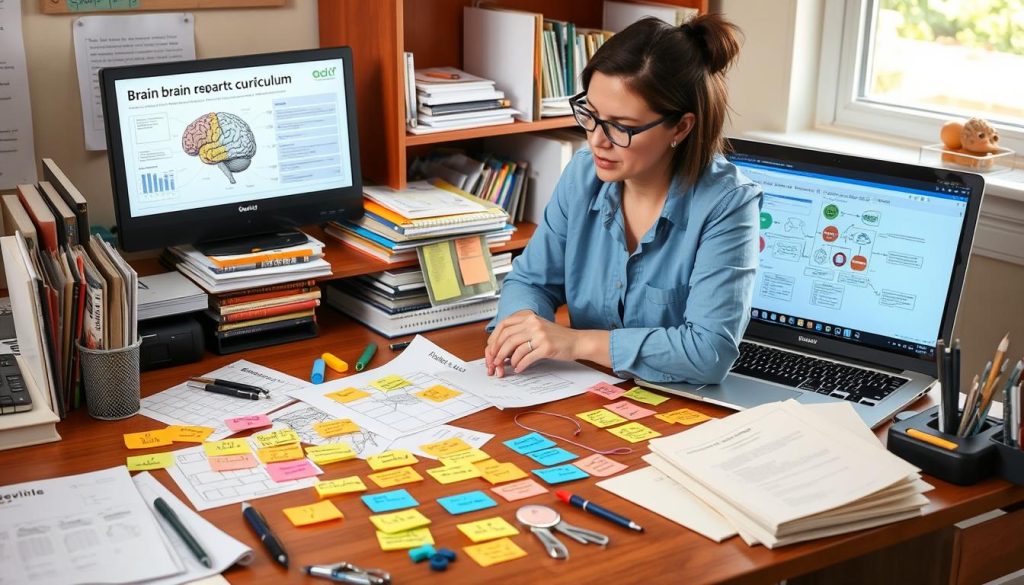
Implementing a brain-based curriculum doesn’t happen overnight. Start by incorporating one or two strategies at a time, observing their impact, and gradually expanding your approach. This measured implementation allows you to refine your teacher skills while maintaining instructional consistency for your students.
“Successful teachers are brain-changers! Understanding how the brain learns allows educators to create experiences that literally reshape students’ neural pathways.”
Remember that brain-based learning is not a rigid methodology but a flexible framework that can be adapted to your specific teaching context, subject area, and student needs. The goal is to develop teacher skills that align with how the brain naturally learns, creating more effective and engaging learning experiences.
Elevate Your Brain-Based Teaching Practice
Our specialized course provides step-by-step guidance for implementing brain-based learning in your K12 classroom.
Conclusion: Embracing Brain-Based Learning in Your Classroom
Brain-based learning represents a powerful shift in educational practice—one that aligns teaching methods with how the brain naturally learns. By developing teacher skills grounded in neuroscience, educators can create learning environments that optimize student engagement, comprehension, and retention.
The strategies outlined in this guide provide practical starting points for implementing brain-based learning in your K12 classroom. Whether you’re new to these concepts or looking to enhance your existing practice, each strategy offers opportunities to improve your teaching effectiveness and student outcomes.
Remember that becoming proficient in brain-based teaching is a journey, not a destination. As neuroscience continues to advance our understanding of how learning occurs, teacher skills will evolve to incorporate new insights and approaches. The most effective educators maintain a growth mindset, continuously refining their practice based on emerging research.
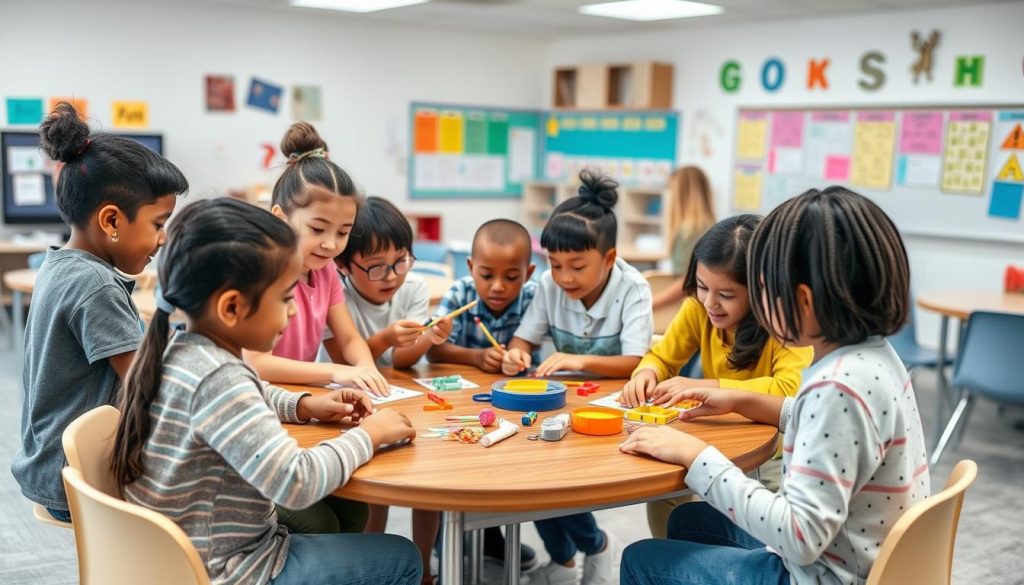
By embracing brain-based learning principles, you’re not just teaching content—you’re helping students develop the cognitive skills and learning strategies they’ll need for lifelong success. This student-centered approach honors how the brain works, creating more meaningful and effective educational experiences.
Continue Your Professional Development Journey
Explore our complete library of brain-based teaching resources and professional development opportunities.




